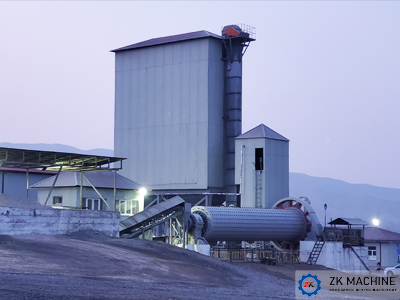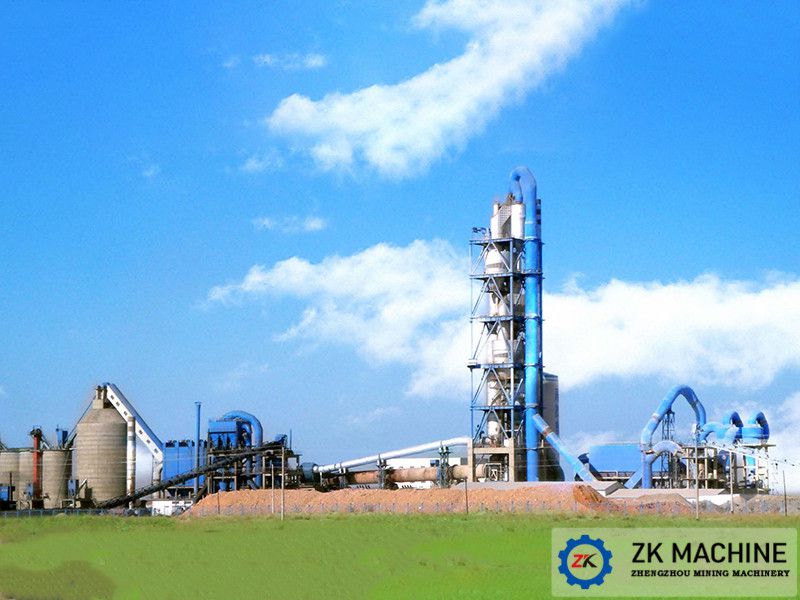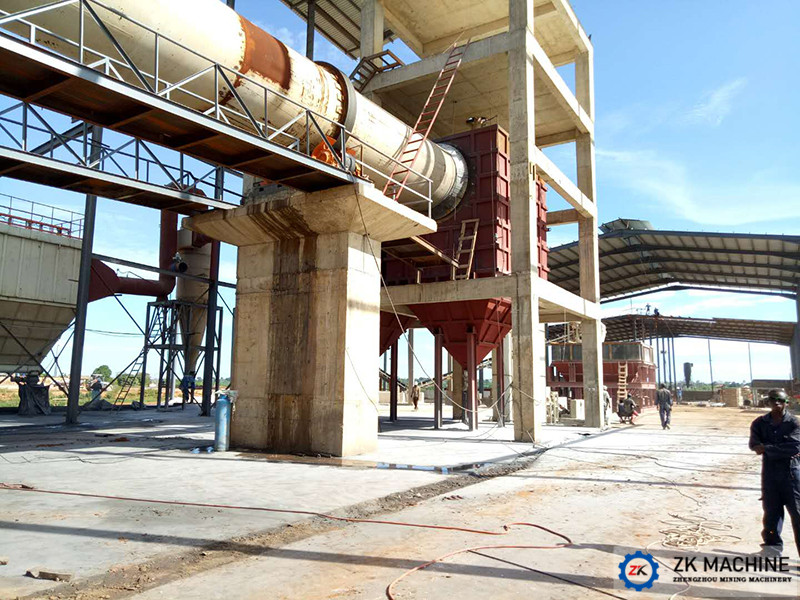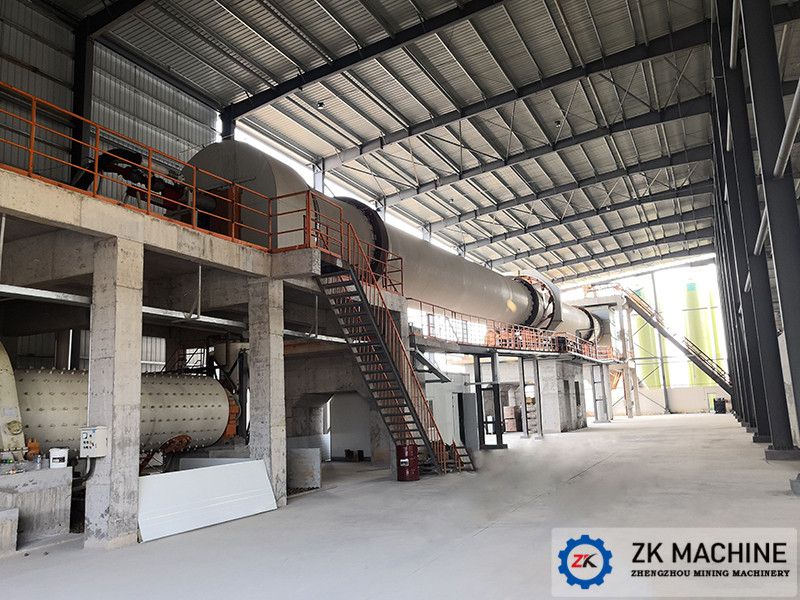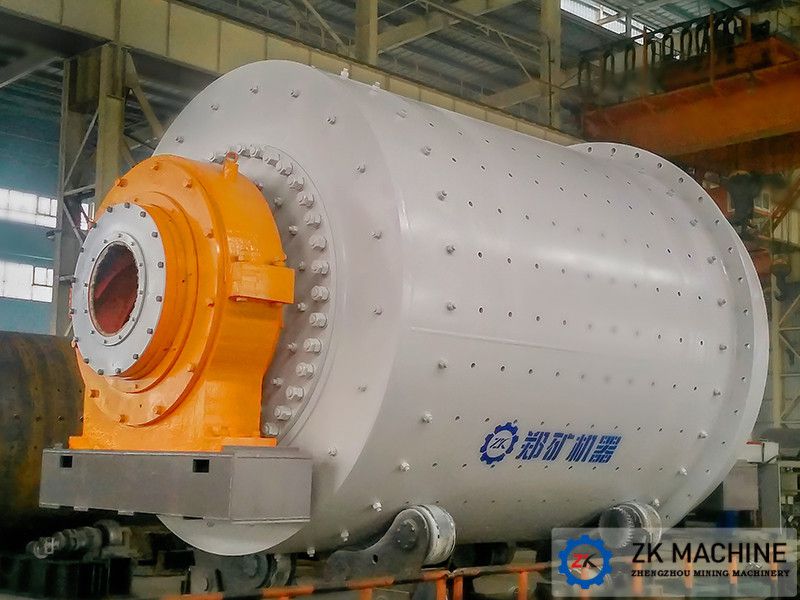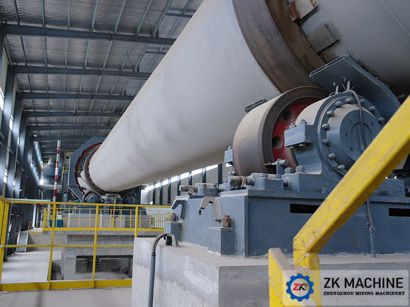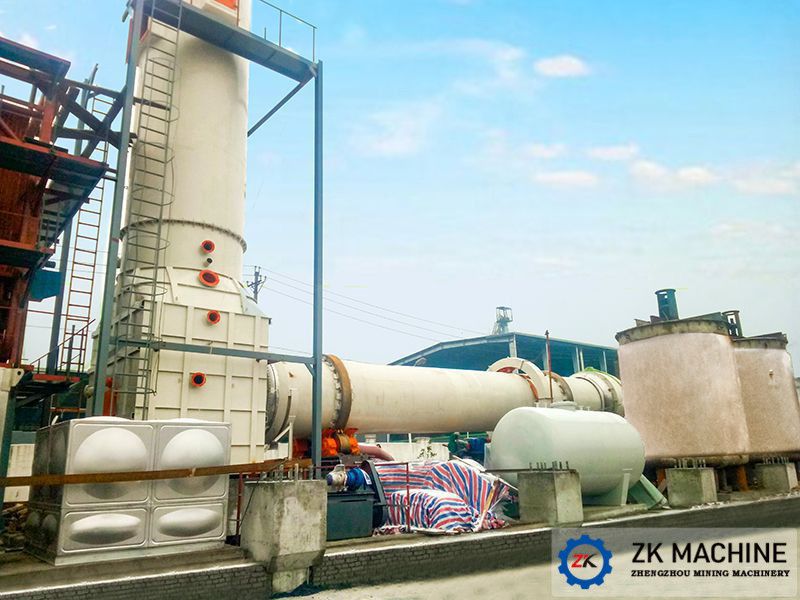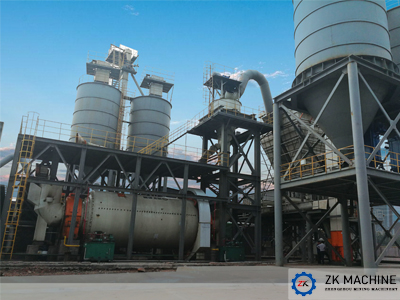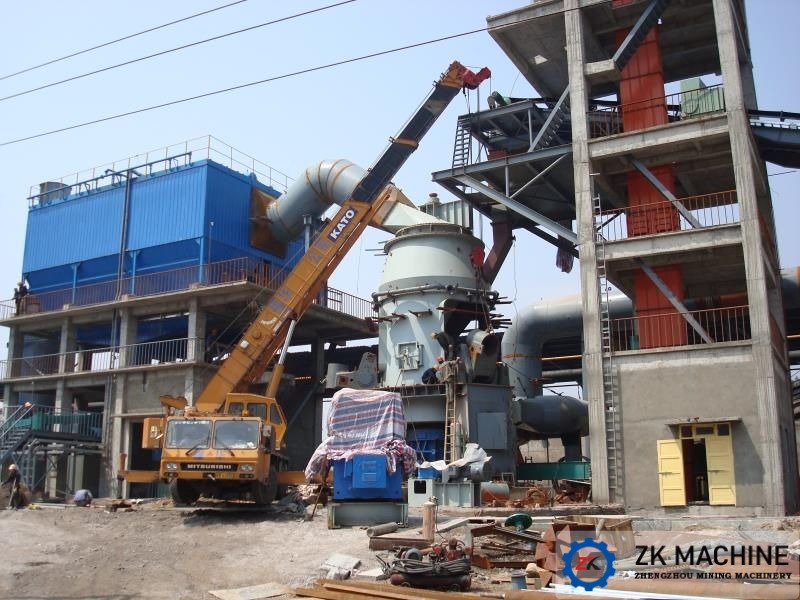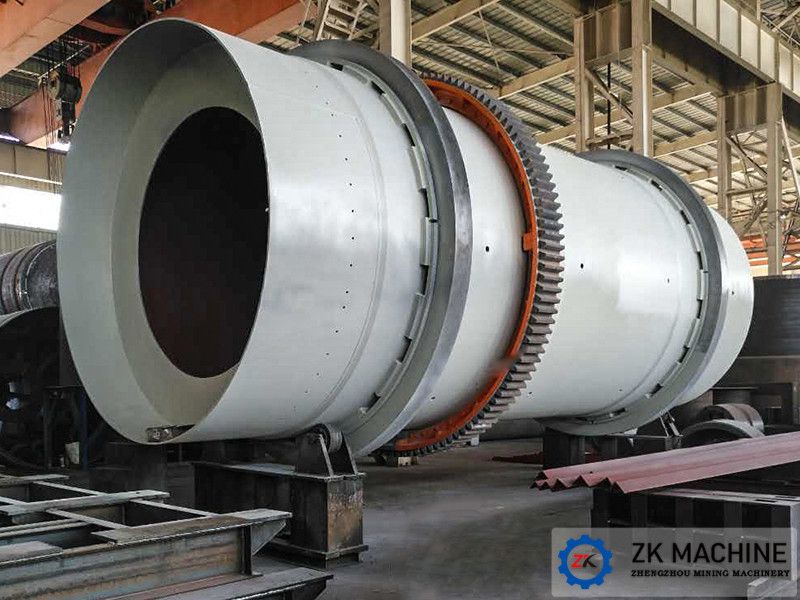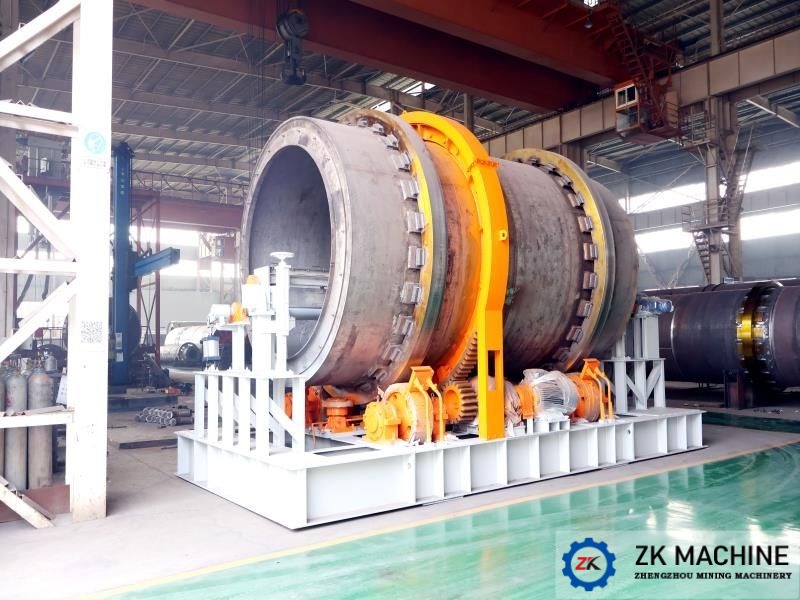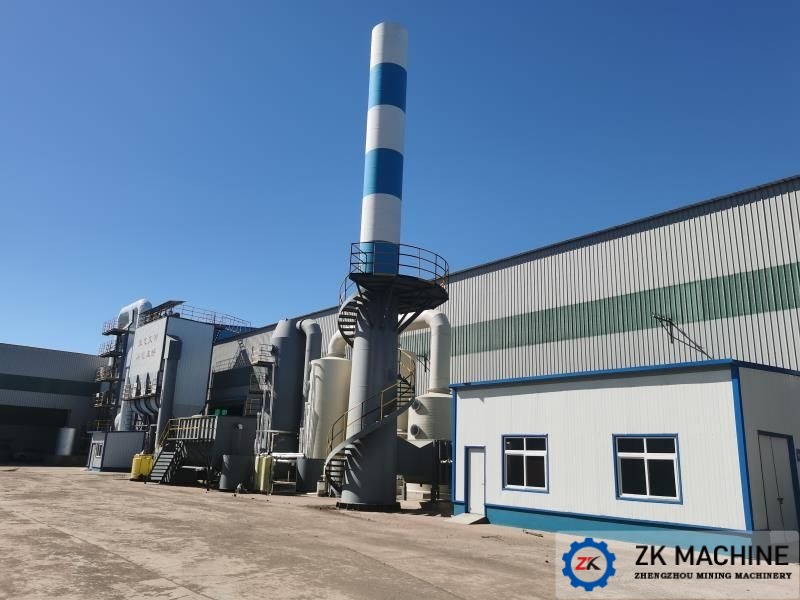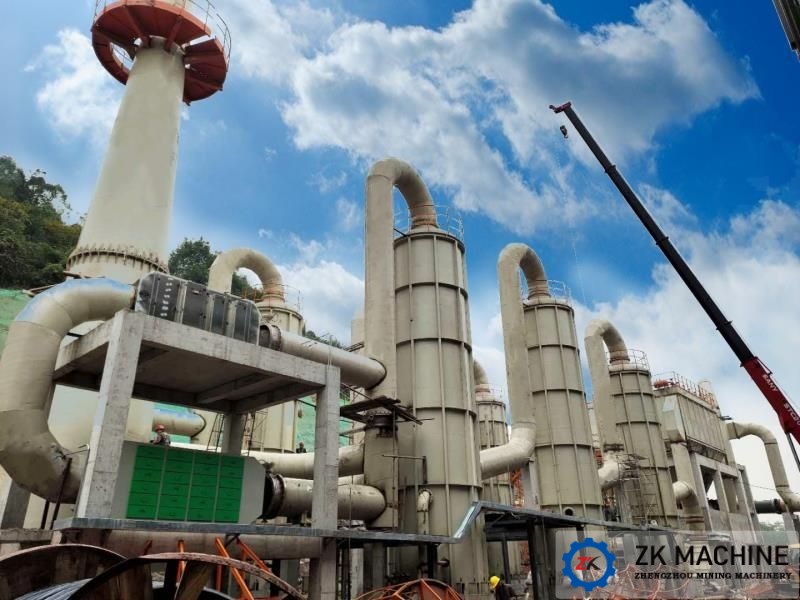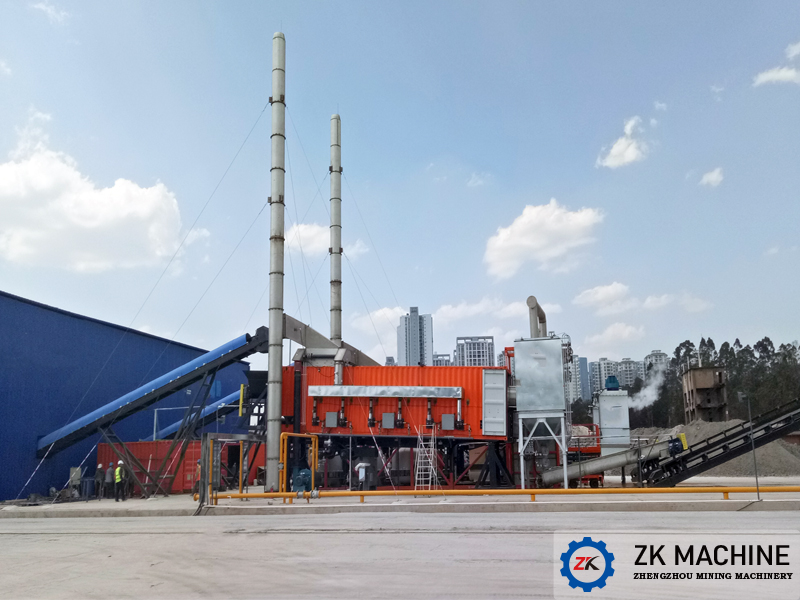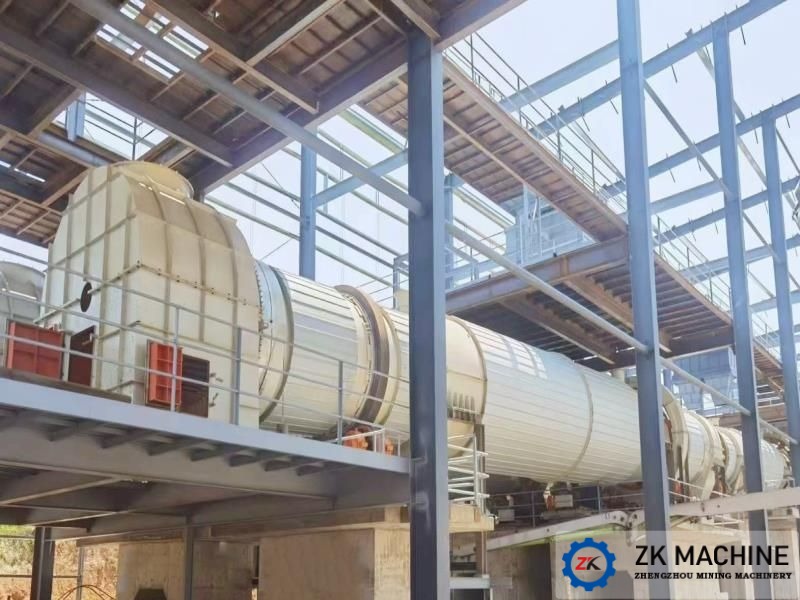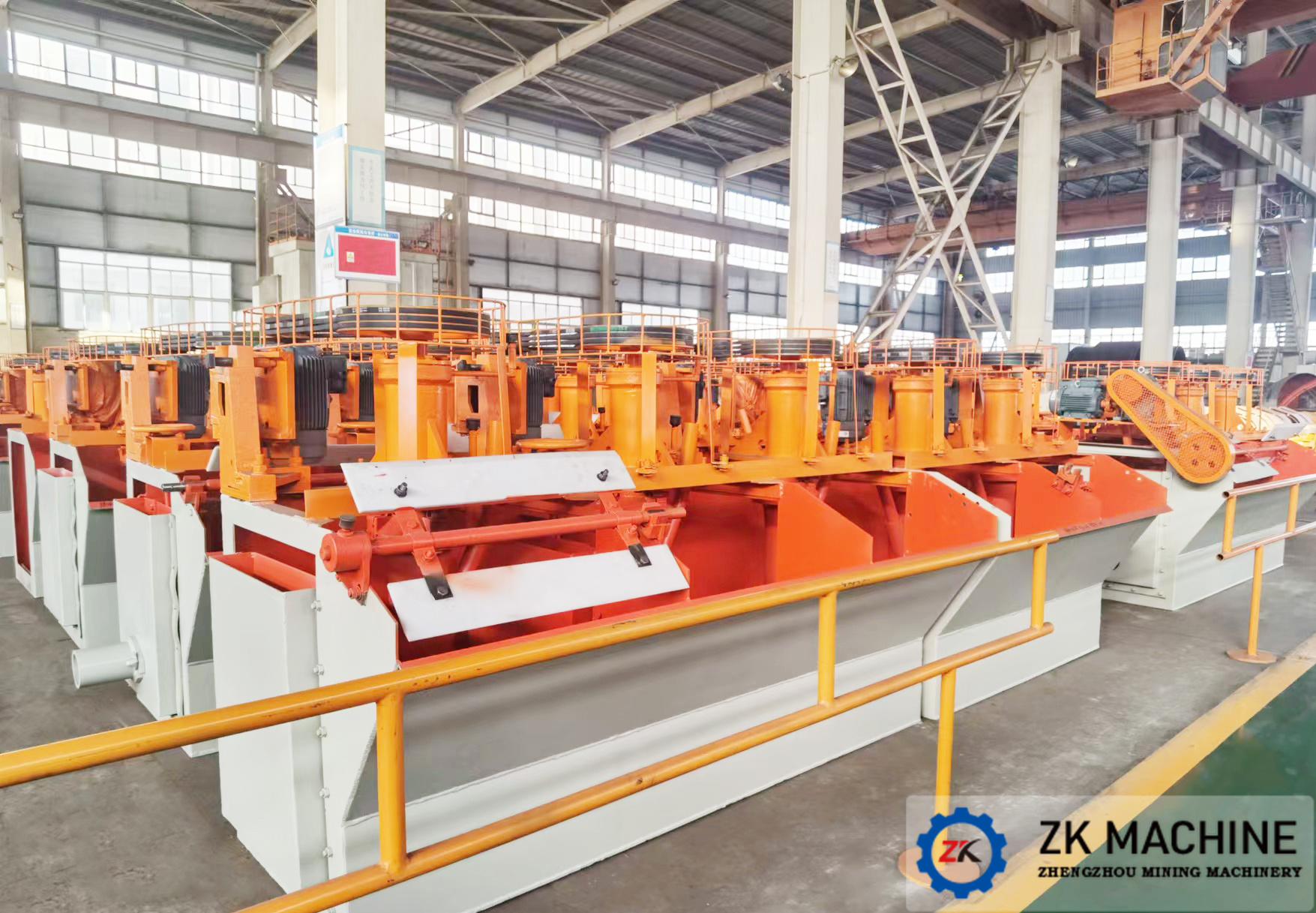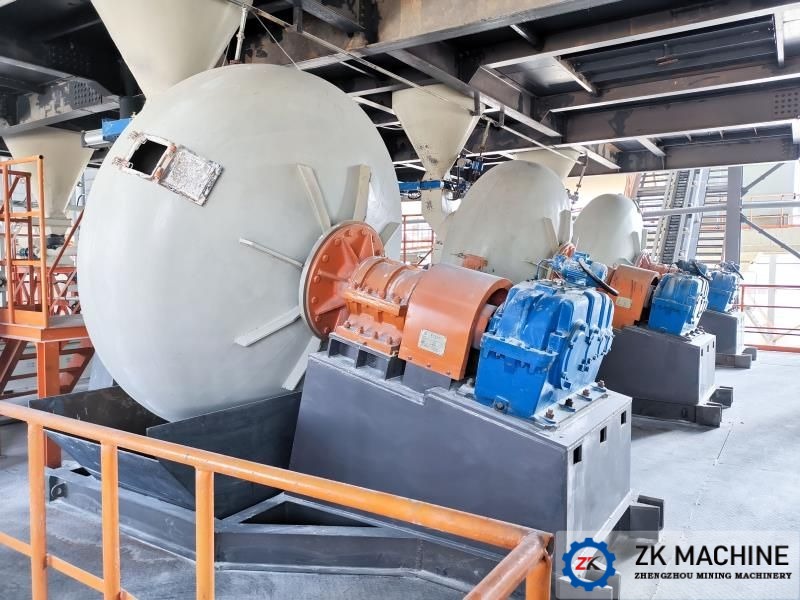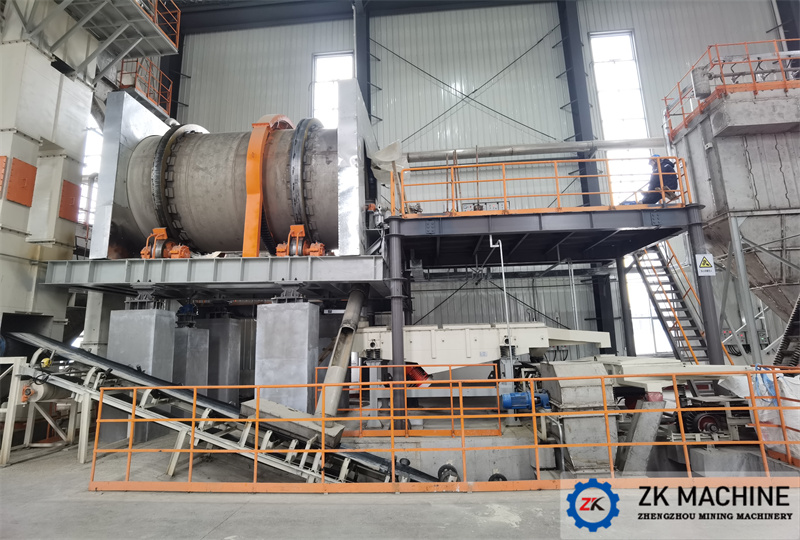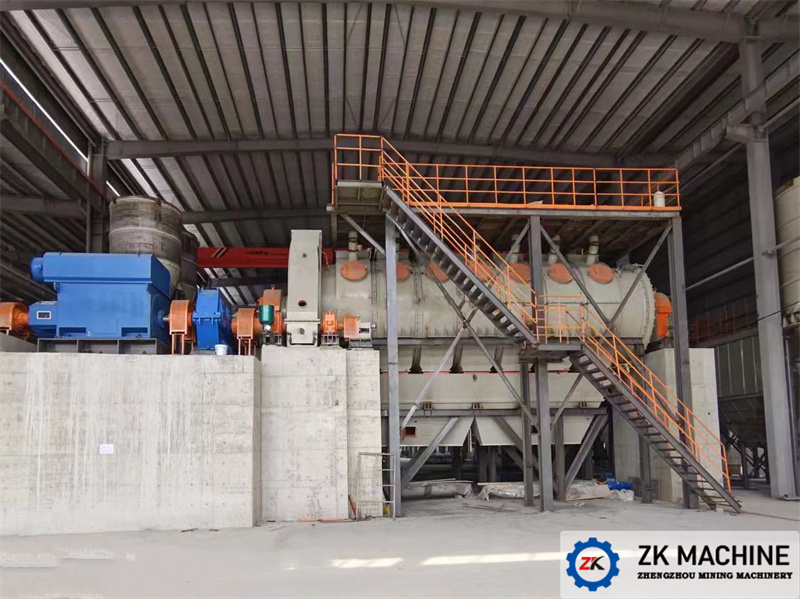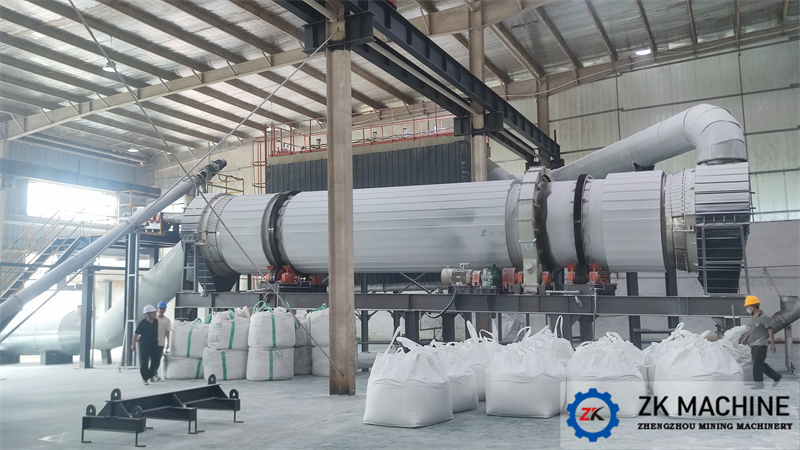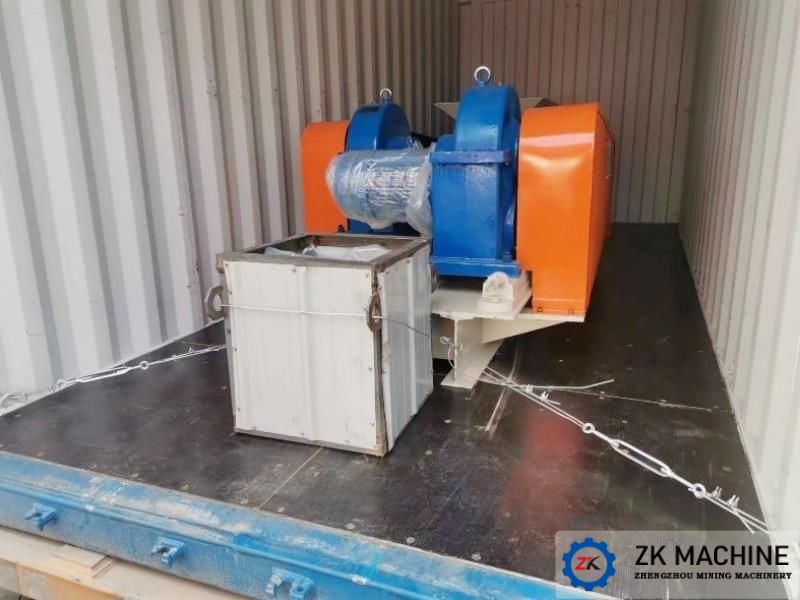Working Principle and Equipment Introduction of Cyclone Dust Collector
1. Brief introduction of cyclone dust collector
Cyclone dust collector, also known as centrifugal dust collector, is a kind of mechanical dust collector. It relies on the circular motion of dust-laden gas to generate centrifugal force, and removes dust under the action of centrifugal force.
It is suitable for the removal of non-viscous and non-fibrous dust, and is mostly used to remove particles above 5 μm. The parallel multi-tube cyclone dust collector also has a dust removal efficiency of 80-85% for particles of 3 μm.
It is mostly used for boiler flue gas dust removal and multi-stage dust removal pre-dust removal. Its main disadvantage is that the removal efficiency of fine dust particles (<5μm) is low.
2. Working principle of cyclone dust collector
The dust-laden gas enters the dust collector from the air inlet, and most of the rotating air flow moves from the cylinder to the bottom of the cone in a spiral shape along the wall of the device, forming a descending external swirling dust-laden air flow. The generated centrifugal force throws the dust particles whose density is much higher than that of the gas to the wall of the container. Once the dust particles contact the wall, they lose the inertial force and fall into the ash collecting hopper along the wall by the momentum of the inlet speed and their own gravity.
The rotating and descending airflow reaches the bottom of the cone. Turn upward along the axis of the dust collector. A rising internal swirling airflow is formed and discharged from the exhaust pipe of the dust collector.
3. The main factors affecting the performance of the cyclone dust collector
(1) The geometric size of the cyclone dust collector and the cyclone dust collector with higher dust removal efficiency have a suitable height ratio. Generally, the height of the straight section of the cyclone dust collector is H=(1.5-2)D, and the height of the cone section is H1=(2-2.5 )D, when the height of the cone section is too low, the half-cone angle will be too large, and the radius of the gas swirl will become smaller quickly, which will easily cause the collision between the airflow and the gas wall, so that the dust particles rotating down the cone wall will be trapped The swirling air is taken away, affecting the dust removal efficiency.
(2) Gas parameters include gas dust concentration, gas water content, physical properties of dust, etc. The same cyclone dust collector has different dust removal efficiency under different working conditions.
(3) Inlet wind speed The increase of the inlet wind speed can increase the centrifugal force of the dust particles in motion, making the dust particles easy to separate, but when the wind speed is too high, the influence of gas turbulence will increase faster than the separation effect, and the dust removal efficiency will decrease instead. Generally, the inlet wind speed of the cyclone dust collector should be selected as 18-23m/s.
4. Selection of ash unloading device
The ash discharge port of the cyclone dust collector must be kept sealed during the working process, otherwise the side leakage air rate will affect the dust removal efficiency, so it is necessary to equip the ash discharge port with an ash discharge device. Commonly used ash discharge devices include star discharger and air lock valve , simple gate valve, ash bin, etc., the star unloader has the best performance, but the price is relatively high, and the simple gate valve and ash bin are generally used when the ash discharge port is too small to match the star unloader or air lock valve case.
5. Cyclone dust collector with special requirements
In some dust removal occasions, the conventional cyclone dust collector cannot meet the process requirements, such as the temperature is too high, the gas is highly abrasive, and the gas contains corrosive stars, etc. According to the specific situation, castables, paste ceramic linings or use Special materials such as stainless steel, Q355B, wear-resistant steel, etc.




